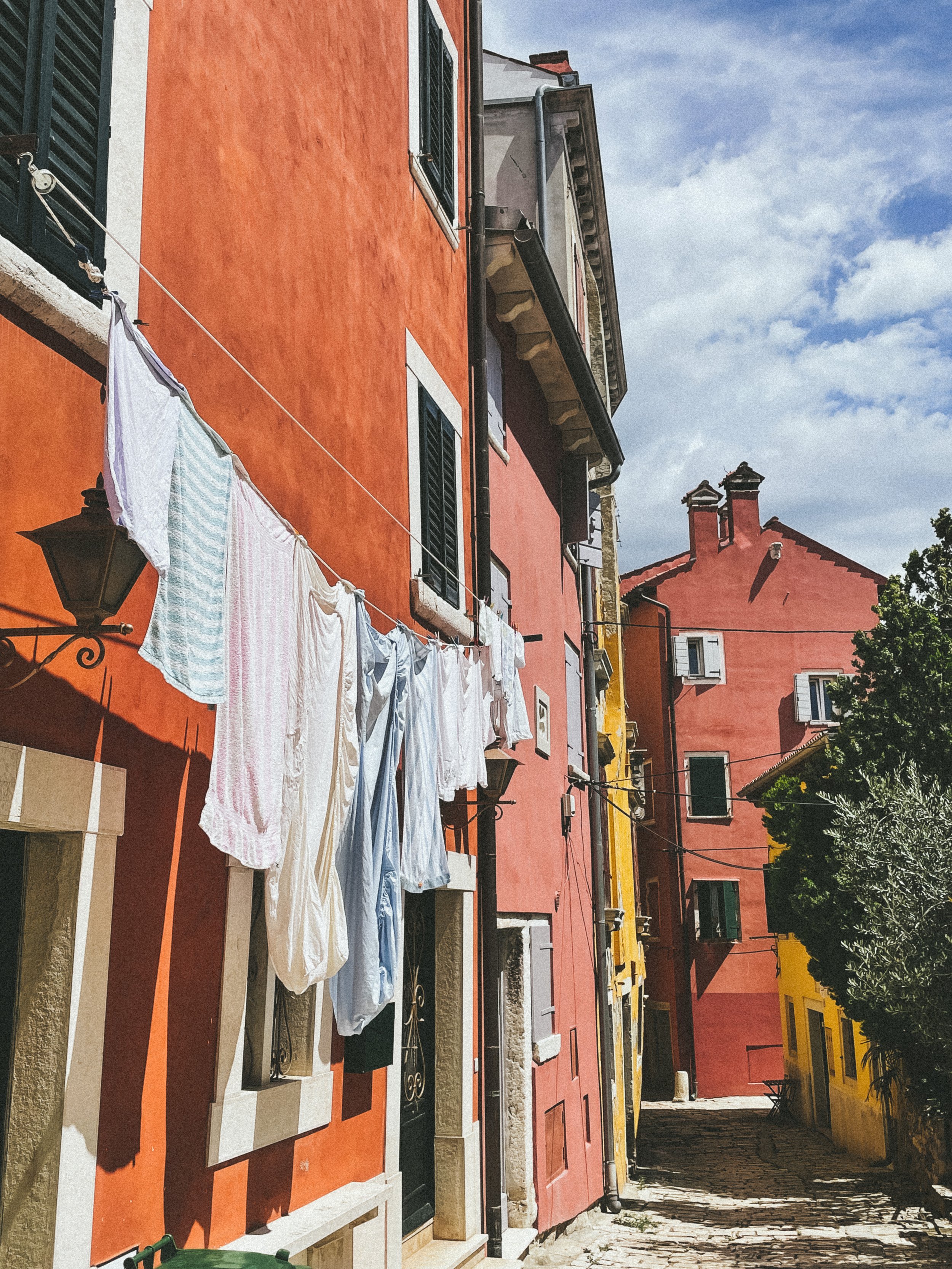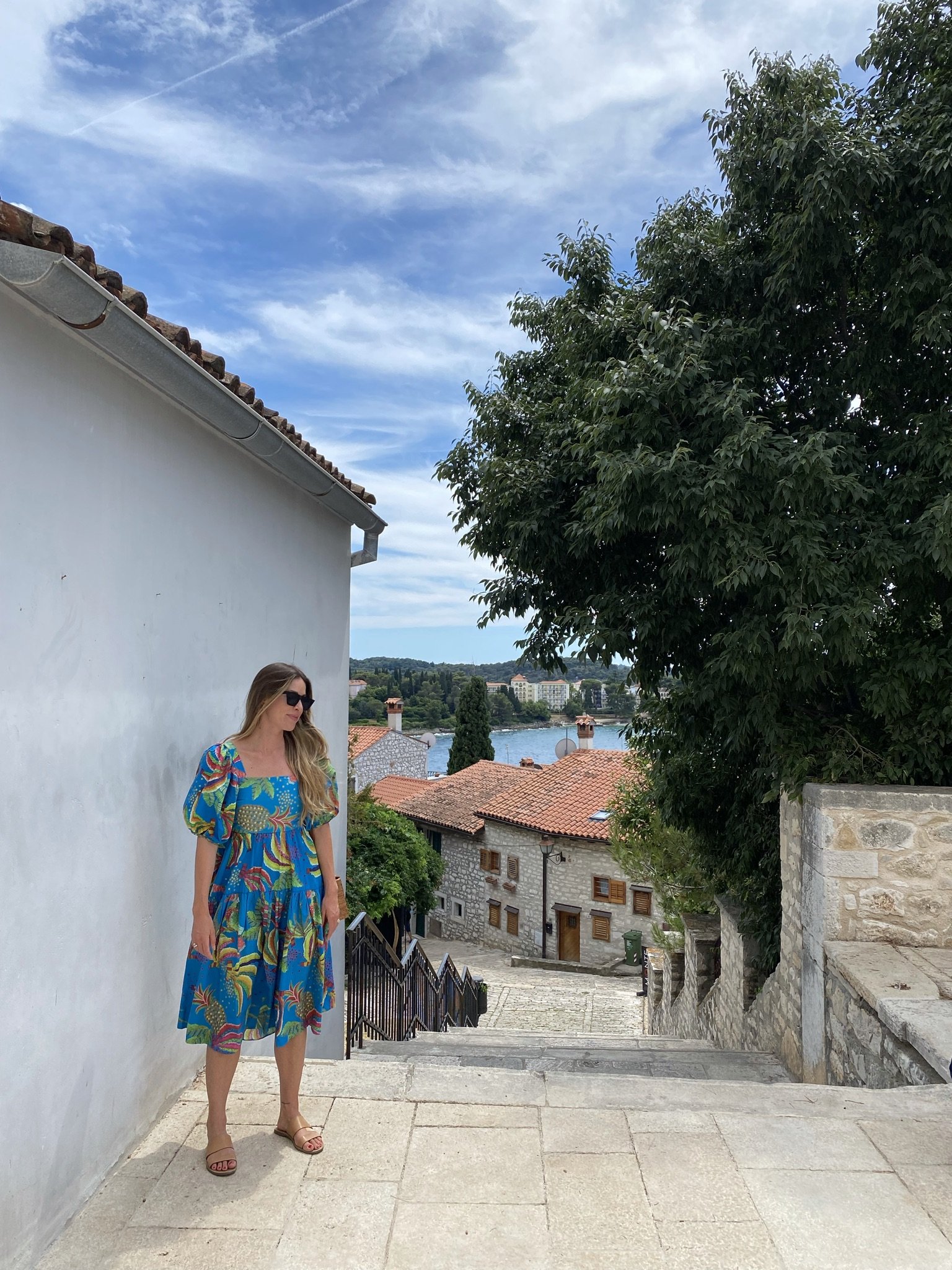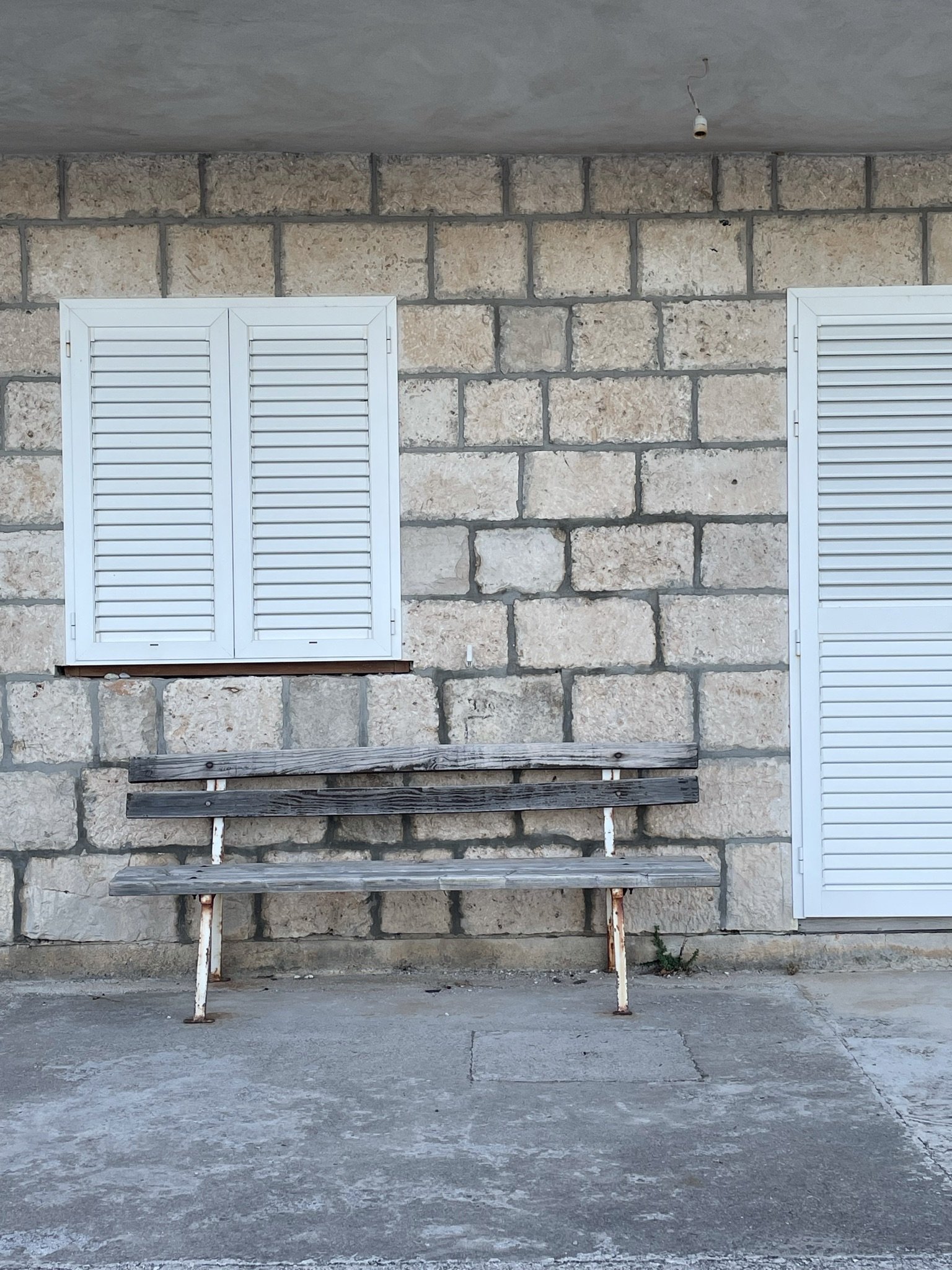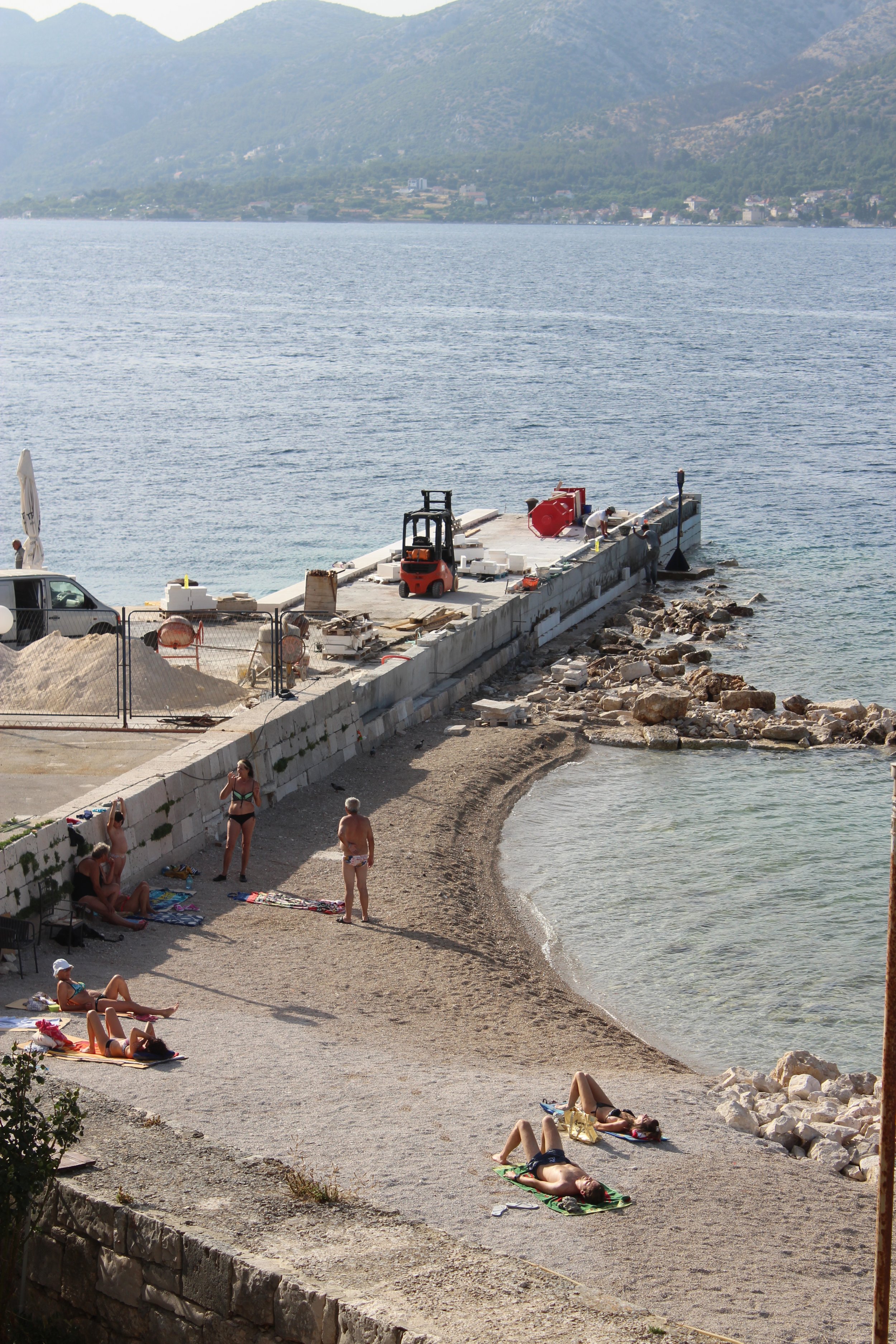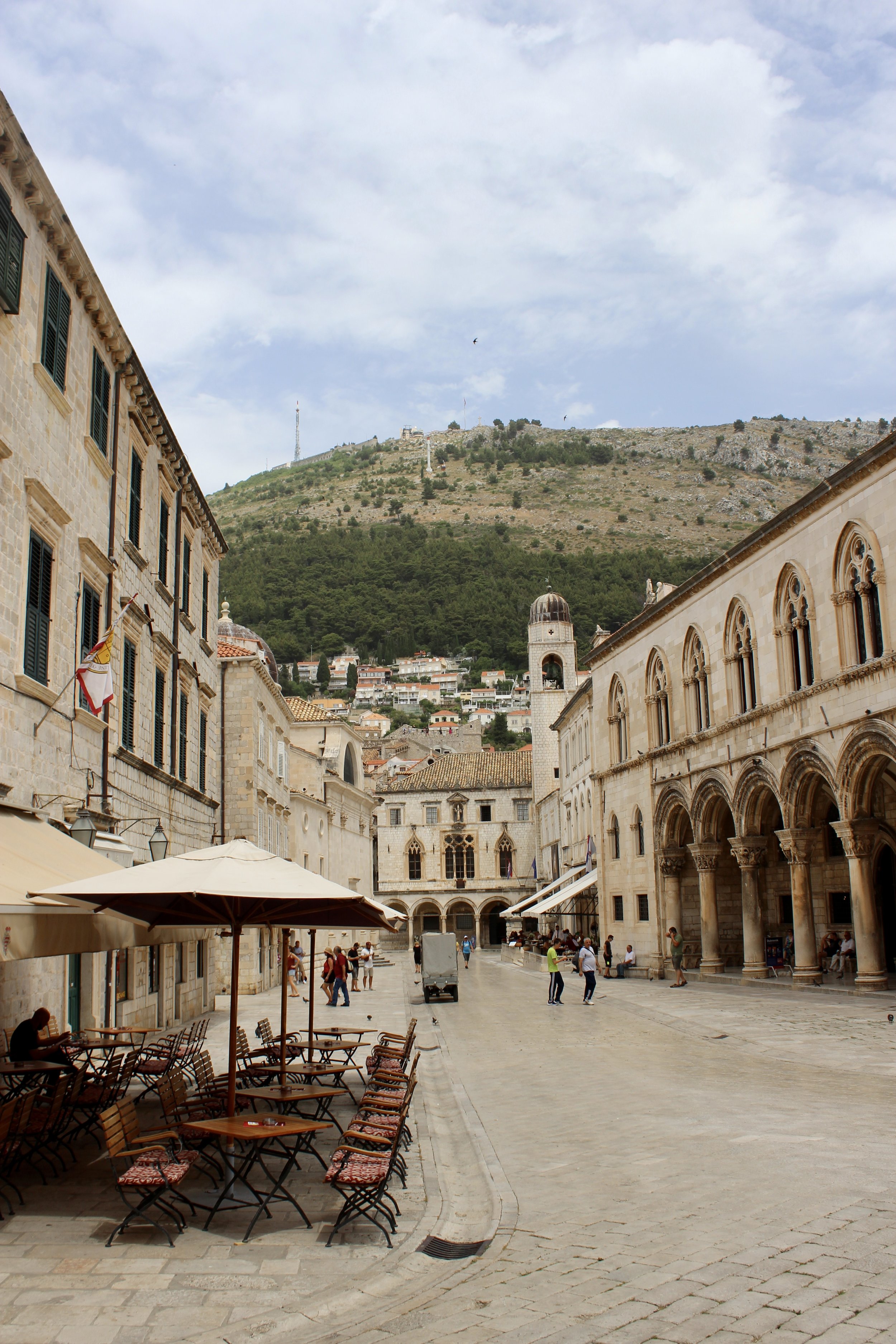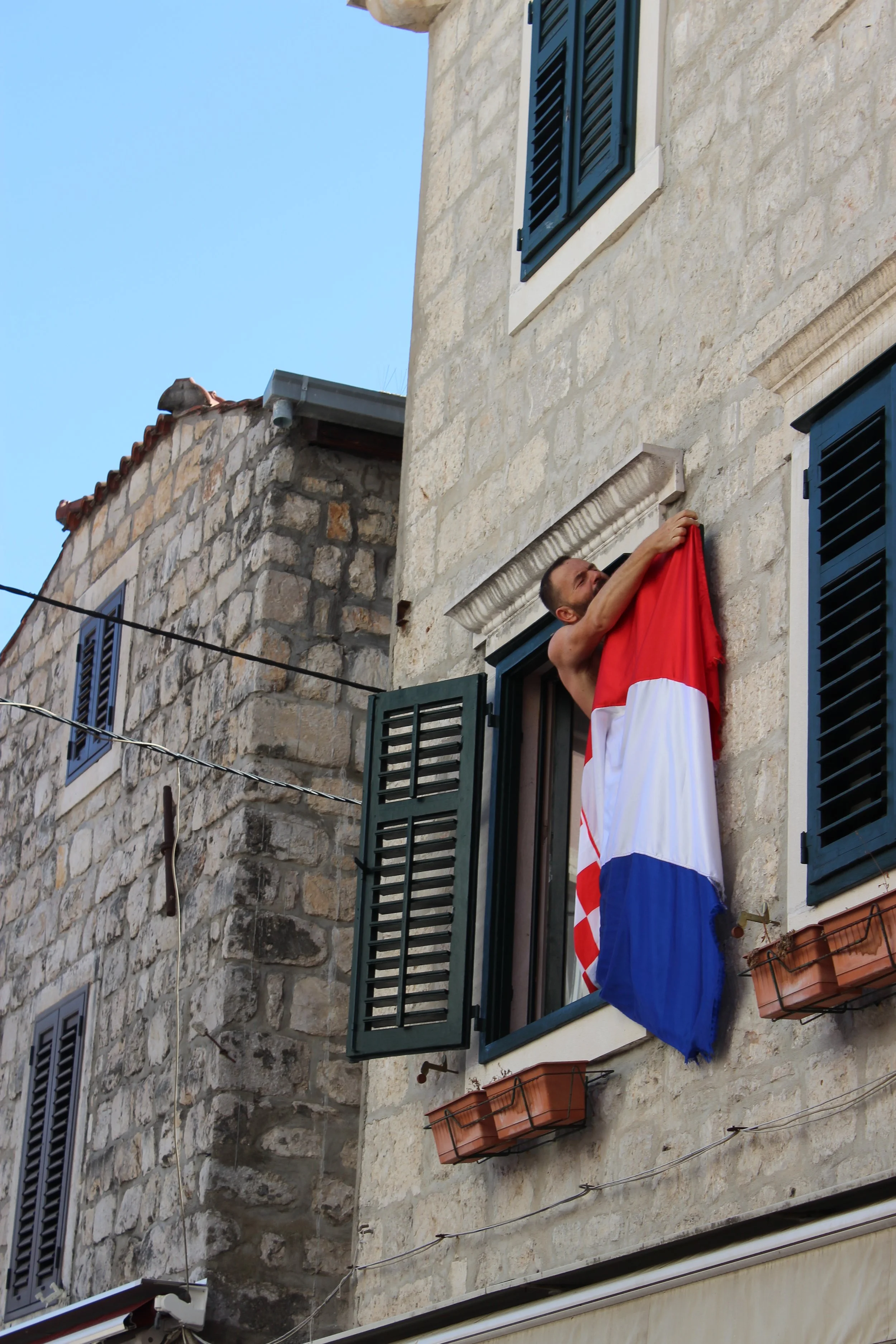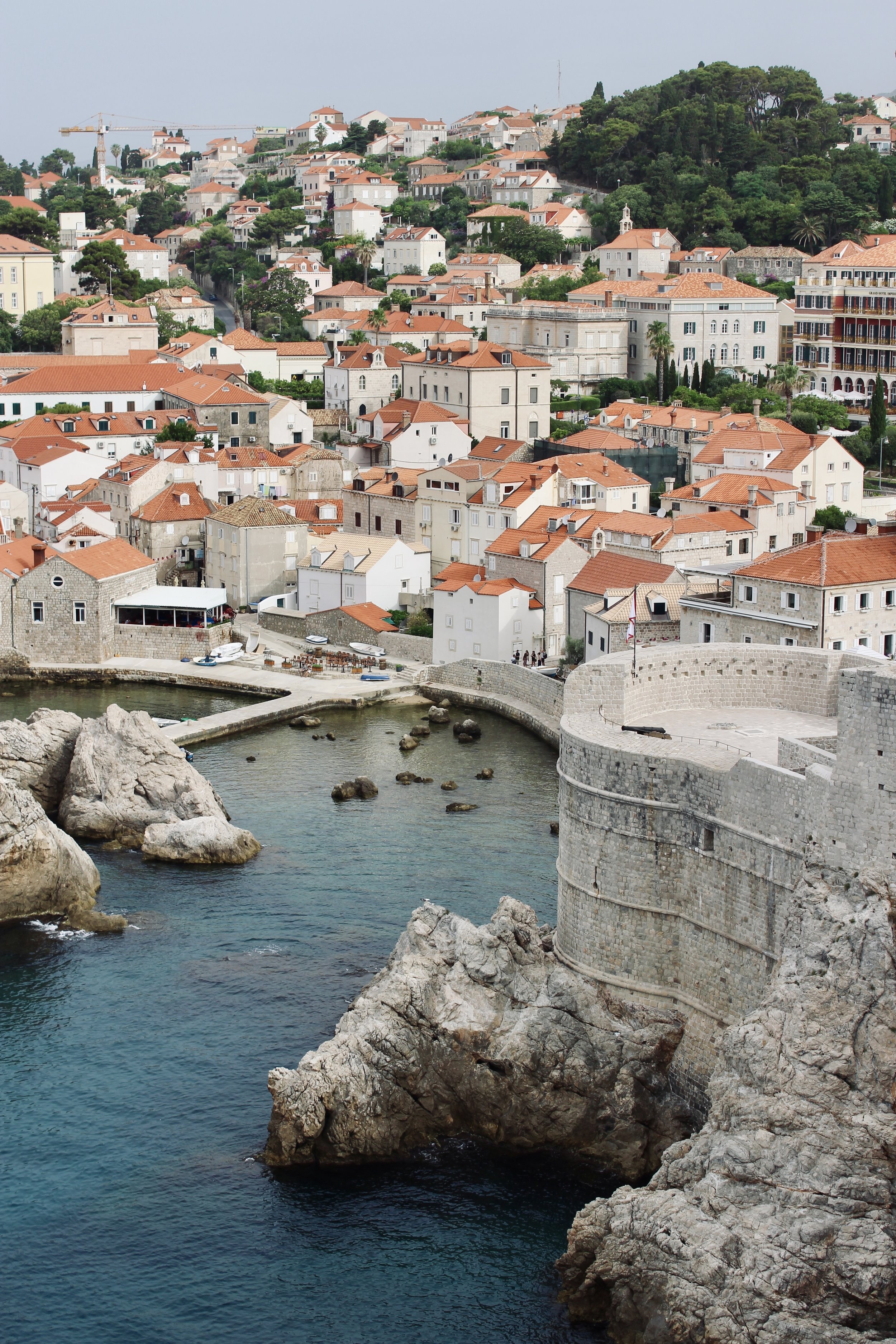Plan a Trip to Croatia: What to Know Before You Go
QUICK HISTORY
Croatia has been 4 different countries in 100 years - Austria, Italy, Yugoslavia and now Croatia. Their most recent war was from 1991-1995 and it had a tremendous impact on the economy.
You won’t see much post-war aftermath in the big tourist cities like Dubrovnik and Split but you will see traces of it if you venture off the beaten track. Bullet holes in buildings, stone homes with no roofs and seemingly abandoned towns were not rare sightings on our drive from Split up to Istria.
BEST TIME OF THE YEAR TO VISIT CROATIA
The best time to travel to Croatia is May through September. Peak months are July and August and it will be considerably more expensive and packed with tourists in those months. On the flip side, those months are when the weather is ideal for a beach vacation, the ocean water is warmest, and when many choose to travel considering work and school schedules. If you’re looking to save a dime, opt for late May/early June as the weather tends to warm up and you’ll beat the rush.
BEST PLACES TO VISIT IN CROATIA
Croatia’s population is a whopping 4M people (California is 40M!) and it takes about 8 hours to drive along their entire coast so the country is charmingly manageable from a travel perspective. However each region is unique and where you travel will depend on your interests and how much time you have.
PLANNING A TRIP TO CROATIA?
Our team offers concierge-style travel planning services, custom itineraries and curated guides for busy, sophisticated travelers.
Check out our Services to learn how we can help you plan your perfect trip to Croatia!
CROATIA REGIONS
DALMATIA - Dubrovnik, Split, Šibenik, Zadar + many of the coastal islands
CROATIA PROPER - Zagreb and the surrounding area
SLAVONIA - Easternmost part of Croatia, bordering Hungary, Serbia and Bosnia
ISTRIA - The peninsula on the northwestern coast of Croatia known for wine, truffles and olive oil; heavily influenced by Italian proximity and previous occupation
POPULAR CITIES IN CROATIA
If you’re visiting Croatia for the first time and have limited time, I would strongly suggest visiting Dubrovnik, Split and Hvar. I loved all of these cities and would suggest visiting but the reality is that you’re paying a premium, you will be amongst many travelers and it’s hard to get a true dose of Croatian culture.
CROATIA OFF THE BEATEN PATH
NATIONAL PARK ROAD TRIP IN CROATIA - Croatia has 8 national parks, 2 reserves and 11 nature parks packed into a small footprint so it’s an outdoorsman’s dream. It’s also very easy to navigate by car and not only will you see more intimate corners of the country that way, you’ll have more flexibility. Plitvice Lakes National Park is the oldest park and a UNESCO World Heritage and Krka National Park is also a great option. Plentiful opportunities to hike, bike, swim and stay in nature!
ISTRIA FOOD + WINE TOUR - For the wineos and foodies, Istria is a gastronomical playground with some of the world’s best truffles, wine and olive oil. You can enjoy fantastic cuisine highlighting regional fare and will find plenty of opportunities to get out in the forest for a truffle hunt, visit family-run farms and sample Istrian wines on a tour. Popular cities to visit in Istria include Pula, Rovinj and Motovun as well as many insanely charming small towns tucked among the hills.
THE QUIETER DALMATIAN ISLANDS - Popular islands to visit on the Adriatic includes Hvar, Brac and Korcula. If you are able to spend more time at sea, Vis, Mljet, Ston and Pag are beautiful smaller islands that allow you to see parts of Croatia that feel much more remote and nostalgic of an era past. An epic way to travel is by catamaran if you want to spend the money and have the stomach for boat life. Check out this post to find out more about renting a catamaran in Croatia.
PACKING
Many stari grad (“old town” in Croatian) were built vertically to protect the town center. What that means to you as a visitor today is STAIRS that are plentiful and steep. I’m honestly not sure how elderly, handicapped or even out of shape Croats get around.
If you’re planning on visiting islands, moving luggage on and off of ferries will prove challenging as well if you pack your bag full of bricks, like me. Croatia is very casual except for the Riva in Split, where your fashion is judged (apparently).
So long story short, pack light!
LANGUAGE
Croatian is a very difficult language to pick up but knowing a few words goes a long way with the locals. Here are a handful of words and phrases to keep in your back pocket:
Hello = Bok
Thank you = Hvala (pronounced “Havala")
Goodbye = Doviđenja (pronounced “Doh-vee-jen-yah”)
Yes = Da
Quick pronunciation guide for you:
š = sh (Šipan is pronounced “Shipan”)
č = ch (Korcula is pronounced “Korchula”)
j = y (Rijeka is pronounced “Ree-yayka”)
ć = soft c (Babić is pronounced “Babits”)
CROATIAN CURRENCY
In 2023, Croatia converted to the euro, which is their currency (their previous national currency was the kuna). While credit cards are widely accepted, many small businesses do not take credit card.
Traveling with local currency is absolutely necessary not only for small businesses and tiny towns but fully established and modern restaurants, wineries and stores so be sure that you bring a bit more cash than you might traveling in Europe, for example. For those shops that do take card, most only take visa.
REQUIRED READING
Ok, this isn’t really required but we highly suggest you read Chasing a Croatian Girl: A Survivor’s Tale, a short, humorous and illuminating book written by an American expat who married a Croatian woman and moved to Croatia with her. Traveling around Croatia, you will meet many a local and will find the book relevant and helpful.


